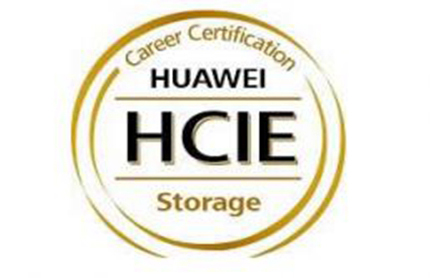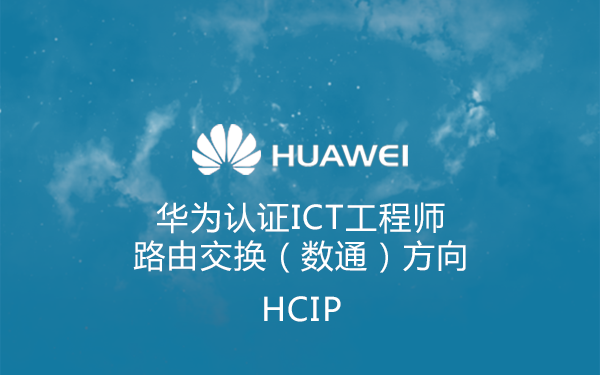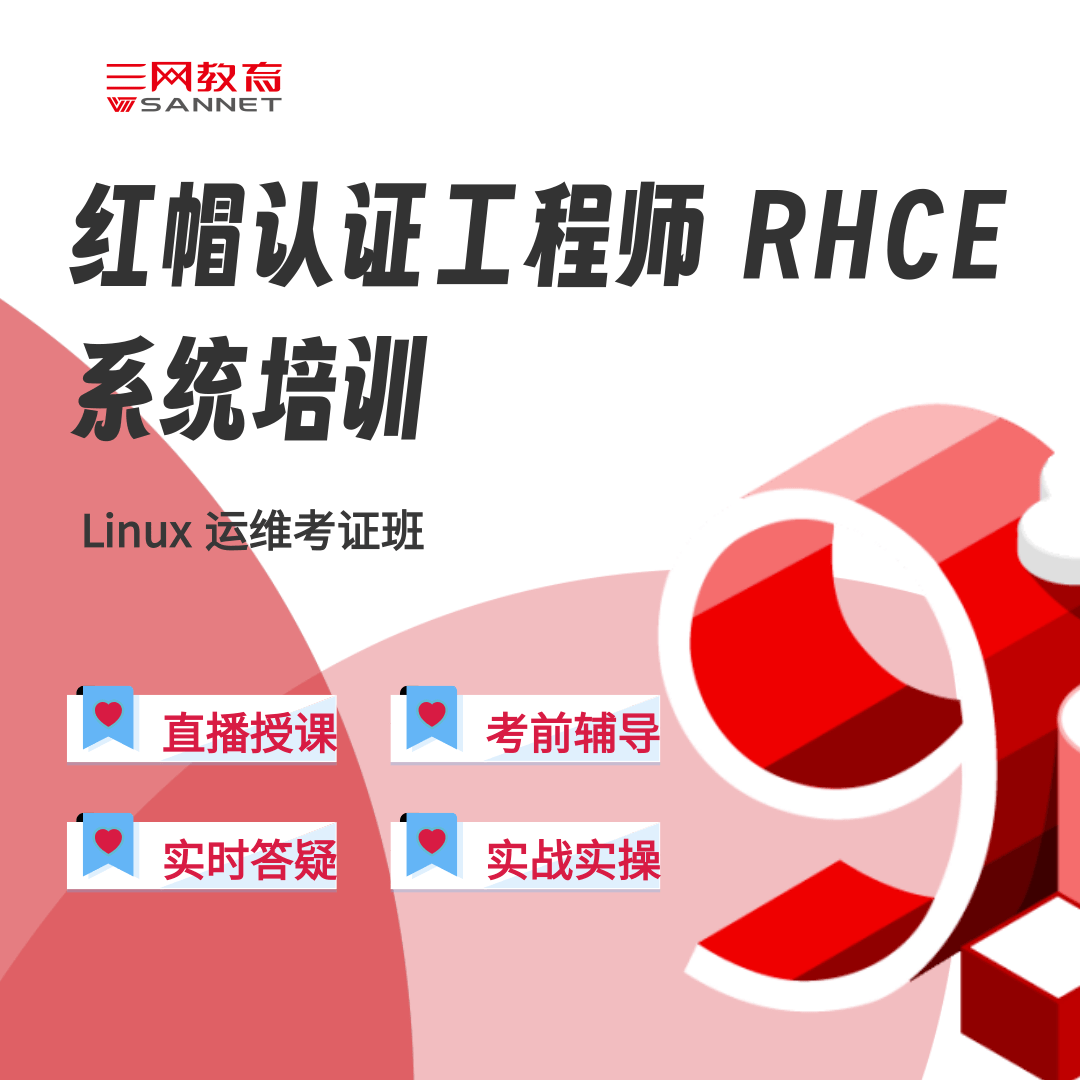课程详情
苏州OCM培训学校苏州三网IT教育培训是苏州市规模大、的专业IT教育!
咨询热线: 联系QQ :
Oracle公司现在可以提供4种不同的认证,这些都是专为从事Oracle领域工作的人员包括DBA、开发人员以及管理人员所设计的。
Oracle专业DBA认证:
这是为Oracle数据库管理设计的一门基本认证(4门)
Oracle网络应用开发人员认证:
这是关于SQL、PL/SQL和网络开发的一门认证(4门)
Oracle Java开发人员认证:
这是与Sun公司一起为Oracle设计的Java开发人员认证,共有6门以及Sun和Oracle的认证
Internet数据库操作人员认证:
iDBO是为数据库和internet应用管理中Oracle管理人员所具知识而专门设计的单独
OCM内容
Oracle级认证OCM认证——这项新的Oracle认证要求参试人员必须参加Oracle的Oracle培训,它是1990s时期前Oracle认证的一个分支,OCM要求参试人员必须完成下面的几项任务:
获得OCP认证
参加Oracle的两门课程
通过
通过Oracle试验室的实践
级Oracle技能,通过后将成为企业内的。OCM不但有能力处理关键业务数据库系统和应用,还能帮助客户利用Oracle技术获得。要想获得OCM,必须先通过OCP,再学习Oracle开设的两门技术课程,并通过预考,然后在Oracle实验环境内地通过实习。实习的目的是培养动手能力,学员必须实际完成职业需要的真正任务。
OCM内容大纲
Server Configuration
·Create the database
·Determine and set sizing parameters for database structures
·Create and manage temporary, permanent, and undo tablespaces
·Stripe data files across multiple physical devices and locations
·Configure the database environment to support optimal data access performance
·Create and manage database configuration files
·Create and manage bigfile tablespaces
·Create and manage multiple network configuration files
·Create and configure a listener
·Configure the database instance to support shared server connections
·Set up network tracing
·Manage Oracle network processes (the Listener Control utility)
·Configure the network environment to allow connections to multiple databases
·Use configurationless connections
Enterprise Manager Grid Control
·Install the Enterprise Manager Grid Control software
·Configure the Enterprise Manager repository
·Create Enterprise Manager Grid Control users
·Use Enterprise Manager to modify a database configuration
·Configure Enterprise Manager to modify a database availability
·Create and manage jobs
·Create and monitor alerts
·Create notifications
·Implement Grid Control and Database Control
·Choose the appropriate tablespace type for the intended use
·Create Scheduler jobs
·Create schedules
·Assign jobs to windows
·Create programs
·Create job classes
·Install the Enterprise Manager Grid Control infrastructure
·Deploy Enterprise Manager Grid Control agents
·Configure Grid Control for business requirements
Managing Database Availability
·Create a recovery catalog database
·Configure Recovery Manager
·Use Recovery Manager to perform database backups
·Use Recover Manager to perform complete database restore and recovery operations
·Set Flashback Database parameters
·Monitor Flashback Database logs and statistics
·Perform a Flashback Database operation
·Configure a flash recovery area
Data Management
·Implement fine-grained auditing
·Create a secure application role
·Grant specific privileges for a Flashback Query
·Set parameters for retaining undo
·Implement fine-grained access contr
ol
·Create and manage contexts
·Use SQL*Loader
·Implement transportable tablespaces between homogeneous and heterogeneous systems (using different methods of moving files)
·Choose the appropriate partition method (range, hash, list, and composite)
·Choose the appropriate partition key
·Choose appropriate indexing methods (local, global, prefixed, and nonprefixed)
·Perform partition maintenance operations
·Maintain indexes on a partitioned table
·Create and manage LOB segments
·Apply parallelism appropriately
·Tune memory for parallel operations
·Set parallel parameters
Data Warehouse Management
·Create external tables (Data Loader and Data Pump drivers)
·Implement Data Pump export and import jobs for data transfer
·Implement Data Pump to and from remote databases
·Implement Replication/Streams
·Configure and manage master replication
·Configure and manage distributed materialized views
·Configure and manage Streams for replication
Performance Management
·Install Statspack
·Adjust the default interval for statistics collection
·Customize the events that are monitored
·Use ADDM to analyze statistics and to identify performance bottlenecks and fix them
·Implement automatic shared memory management
·Tune memory using manual memory management
·Monitor and tune SGA areas that are not automatically tuned
·Implement automatic SQL execution memory management
·Tune the PGA using work area size parameters
·Use the PGA Advisor
·Create a Database Resource Manager plan with directives (active session count, max execution time)
·Create consumer groups
苏州OCM培训学校是学习专业知识的佳选择!
·Configure consumer group mappings
·Manage Services
·Create and manage objects to accommodate different data access methods (schema tuning)
·Use the SQL Tuning Advisor
·Use the SQL Access Advisor
·Gather Optimizer statistics
·Interpret execution plan
·Use SQL tuning tools and features
Real Application Clusters
·Install Oracle Clusterware
·Install the Oracle Database 10g software
·Implement ASM failure groups
·Create and manage as ASM instance
·Create and manage ASM disk groups
·Configure ASM for the shared disks, and create a clustered database
·Configure archiving
·Configure Services with a preferred instance and an available instance
Data Guard
·Use Data Guard Manager and DGMGRL
·Create and utilize a physical standby database
·Create and utilize a logical standby database
·Set up log transport services for various levels or protection
·Configure the network environment to allow communication between the standby database and the primary database
·Open the physical standby database in a “ready-only” state
·Perform a switchover operation and a failover operation
·Implement Data Guard
苏州OCM培训学校是学习专业知识的佳选择!
咨询热线: 联系QQ :
更多请点击进入:http://suzhou.pxto.com.cn/JiGou/org-index.asp?id=8a17b798bddb1247
地址:苏州市干将东路666号和基广场433室(轻轨1号线临顿路站)













